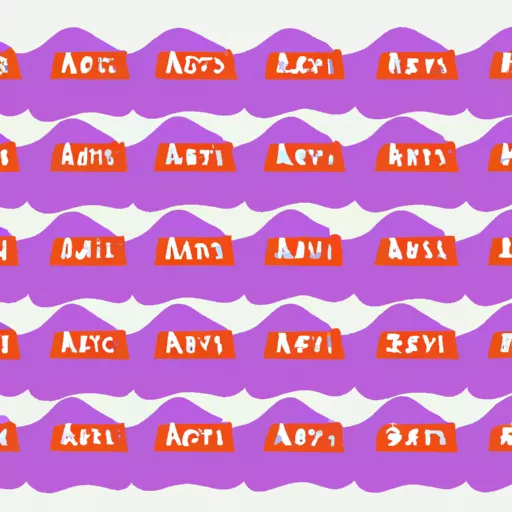
Animation plays an important role in web design, helping to make websites interactive, attractive, and memorable. However, many web designers limit themselves to using standard animations such as animated buttons or slideshows. In this article, we will explore 8 unexpected ways to use animation in web design that will help make your website stand out.
1. Hiding and revealing elements:
One of the most effective ways to use animation is to hide and reveal elements on a page. By doing this, you can create a more interactive and intriguing user experience. For example, you can use animation to reveal content as the page is scrolled or when hovering over an element.
2. Smooth transitions and toggles:
Animation can be used to create smooth transitions and toggles between pages on your website. This will make transitions feel more natural and seamless, as well as help focus the user's attention on important elements. For example, you can use animation to smoothly fade in or out user interface elements when transitioning between pages.
3. Dynamic elements:
One of the most exciting possibilities of animation in web design is creating dynamic elements that respond to user actions. For example, you can use animation to create a button that changes its shape or color when hovered over. This will make the website more interactive and engaging.
4. Progressive content loading:
Another unconventional way to use animation is progressive content loading. Instead of showing the user a blank page during loading, you can use animation to create the illusion of content loading gradually. For example, you can use animation to display a progress indicator or gradually reveal elements on the page.
5. Scroll animations:
One of the trends in web design in recent years is using animation while scrolling through a page. This technique adds interactivity and dynamism to your website. For example, you can use animation to create a parallax effect or animate elements as the page is scrolled.
6. Data visualization:
Animation can be used to visualize data and information. For example, you can use animation to create charts or graphs that present data in an interactive and easily understandable form. This will make your website more informative and allow users to better grasp the presented information.
7. Games and entertainment:
Animation can be used to create games and entertainment on your website. For example, you can use animation to create interactive elements that respond to user actions or to create animated characters and scenarios. This will make your website more appealing and captivating for users.
8. Interface animation:
Finally, animation can be used to enhance the user experience and simplify interaction with the website. For example, you can use animation to create animated tooltips or instructions that help users better understand the functionality of your website. Additionally, animation can be used to create animated navigation or menus that help users navigate your website more quickly.
In conclusion, animation is a powerful tool in web design that helps make websites more interactive, attractive, and memorable. By using unconventional ways of using animation, you can create a unique and innovative web design. Don't be afraid to experiment and try new ideas - this will help make your website truly unique.


